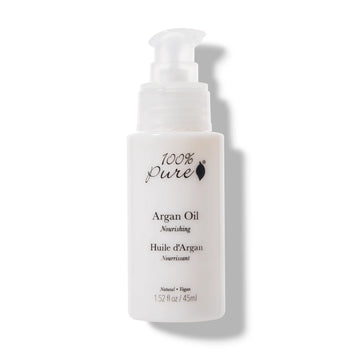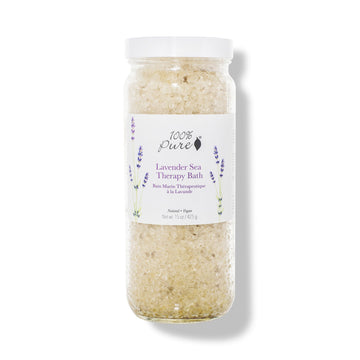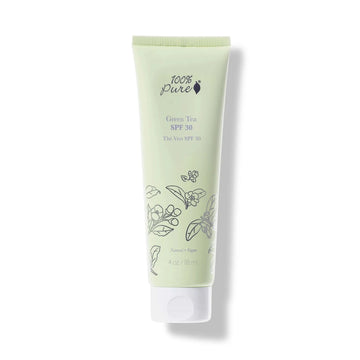How you can use a body oil for your best skin yet
Written by: 100% PURE ®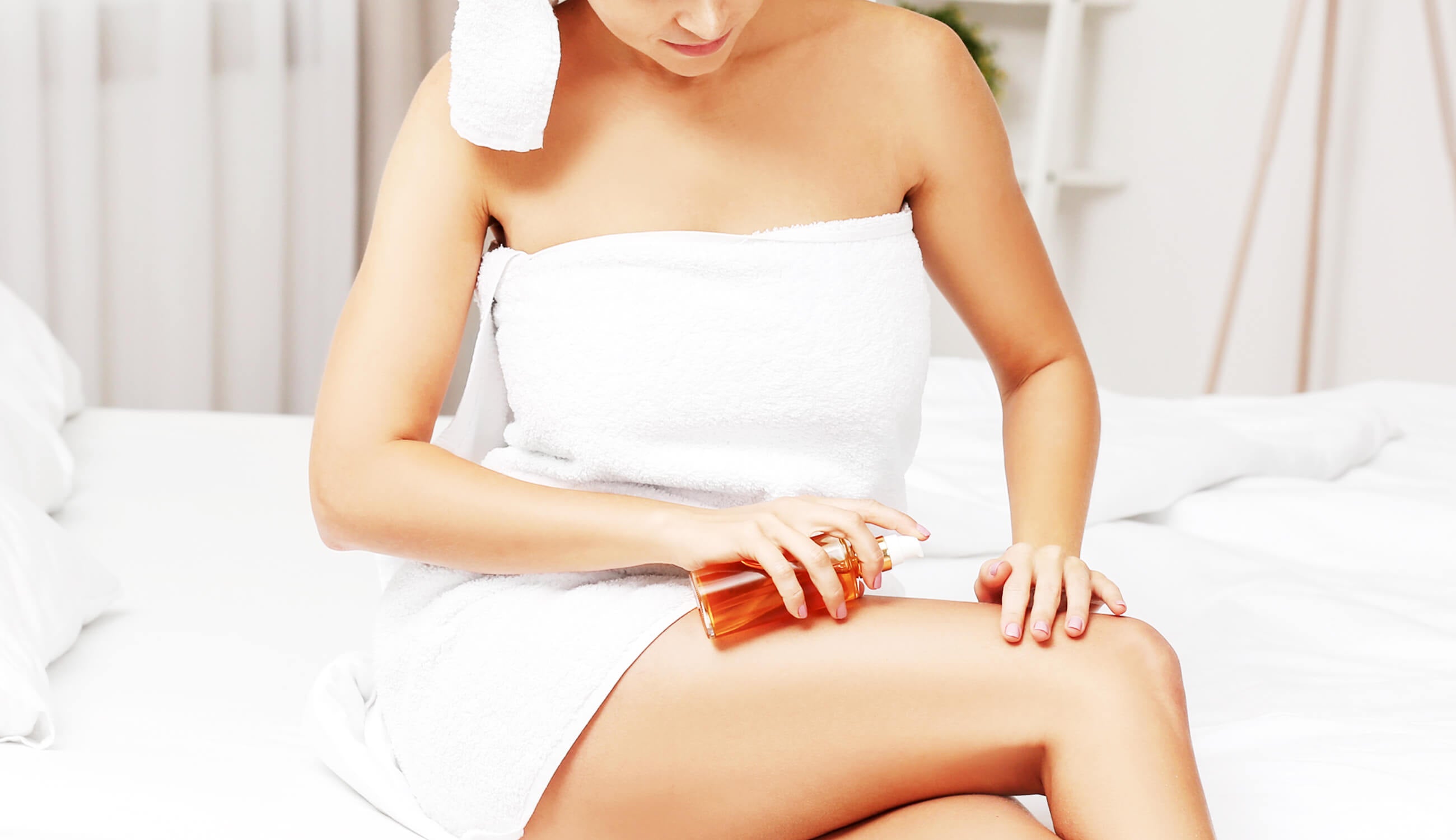
Body cream gets all the love on our self-care shopping lists – but you should invest in a high-quality body oil, too!
We know the benefits of bath soaks, masks, and body creams for self-pampering, and a body oil can perfectly round out your home spa experience. Specific oils can help alleviate dryness, soften rough edges and most importantly, nourish the skin barrier.
Skeptical about what a body oil can do for you? We’re covering why oils benefit the skin, the best times to use an oil, and naming the best oils across the board. Get ready to double down on maximum moisture!
A body oil is simply an oil that you can use on and below your neck. They can range anywhere from inexpensive mineral oils to more luxurious (and higher quality) plant oils. Ideally, a body oil should sink into the skin and not leave you feeling greasy. They’re often not much different from facial oils, though certain body oils might be too greasy or heavy for the face.
PRO TIP: One of the best face-body oil hybrids we know is Argan oil – it’s a perfect starter oil for any skin type.
If you’re wondering how a body oil is different from a lotion, the answer lies in its fatty content. Oils contain several types of fatty acids. Some of the most important among them are linoleic and oleic acids; these fatty acids are also known as omega-6 and omega-9. They’re important for protecting our skin barrier, since they play a role in helping us fight off sun damage and skin aging.
Skin lotions, on the other hand, tend to contain humectants. Humectants bring moisture to our skin, which is important for healthy skin barrier function. The downside is that not all body creams contain the essential fatty acids that oils do. Low quality body lotions are often lighter than oils, and depending on the formula can evaporate from the skin more quickly.
PRO TIP: Our body cream collection is fortified with fatty acids from avocado and cocoa butters.
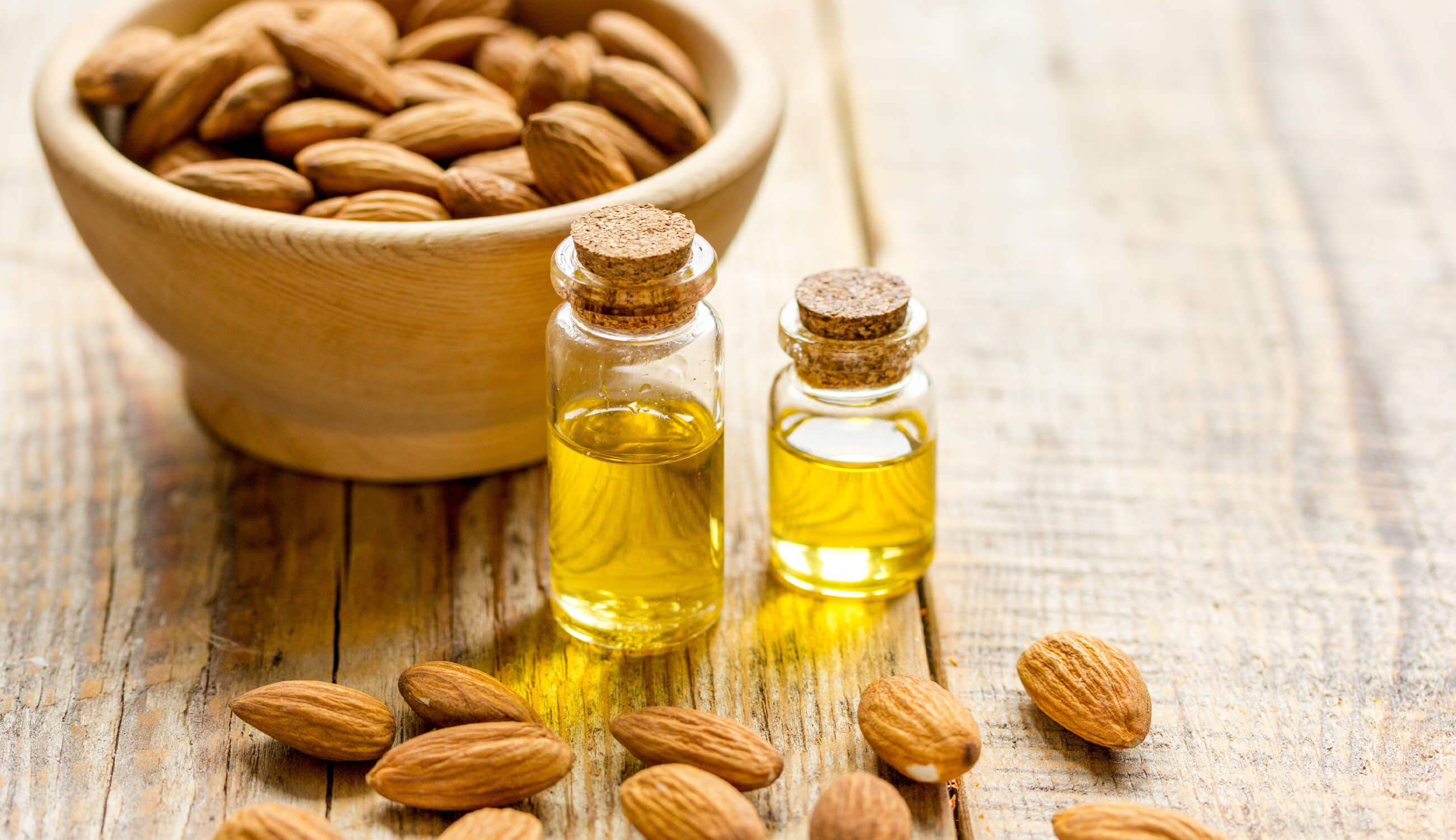
#1: Seal in moisture
Perhaps one of the most prominent benefits of oils is their occlusive action. While they don’t draw moisture to the surface of the skin, they will seal in hydration that’s already been applied. Hydration can come from damp skin or your moisturizer, and can be sealed in and therefore enhanced by a body oil.
#2: Smooth and soften
Oils work so well because they imitate the natural lipids present in our skin barrier. Lipids help to fill gaps between our skin cells caused by dryness or flaking, creating a smoother surface. We need these lipids to help trap moisture in our skin; without them, we’re more likely to suffer from dry or scaly patches.
#3: Instill antioxidants
The antioxidants in many oils can help protect your skin from aging and sun damage. While we can use retinol or vitamin C serums for our faces, we often don’t have the same anti-aging options for our body.
Oils are a great way to remedy that! Choose oils that are high in vitamin A, vitamin C, and vitamin E – they’re among the most effective for free radical protection and collagen production. Wheat germ oil offers one of the highest concentrations of vitamin E, and can have big benefits for dryness, scars, and stretch marks.
#4: More moisturizing than facial oils
We know that certain oils can be pore-clogging – especially for acneic or oily skin. If you patch tested an oil and found it comedogenic, why not use it for your body? Heavier oils can be great for eliminating dry patches on your body, particularly if you suffer from eczema or psoriasis.
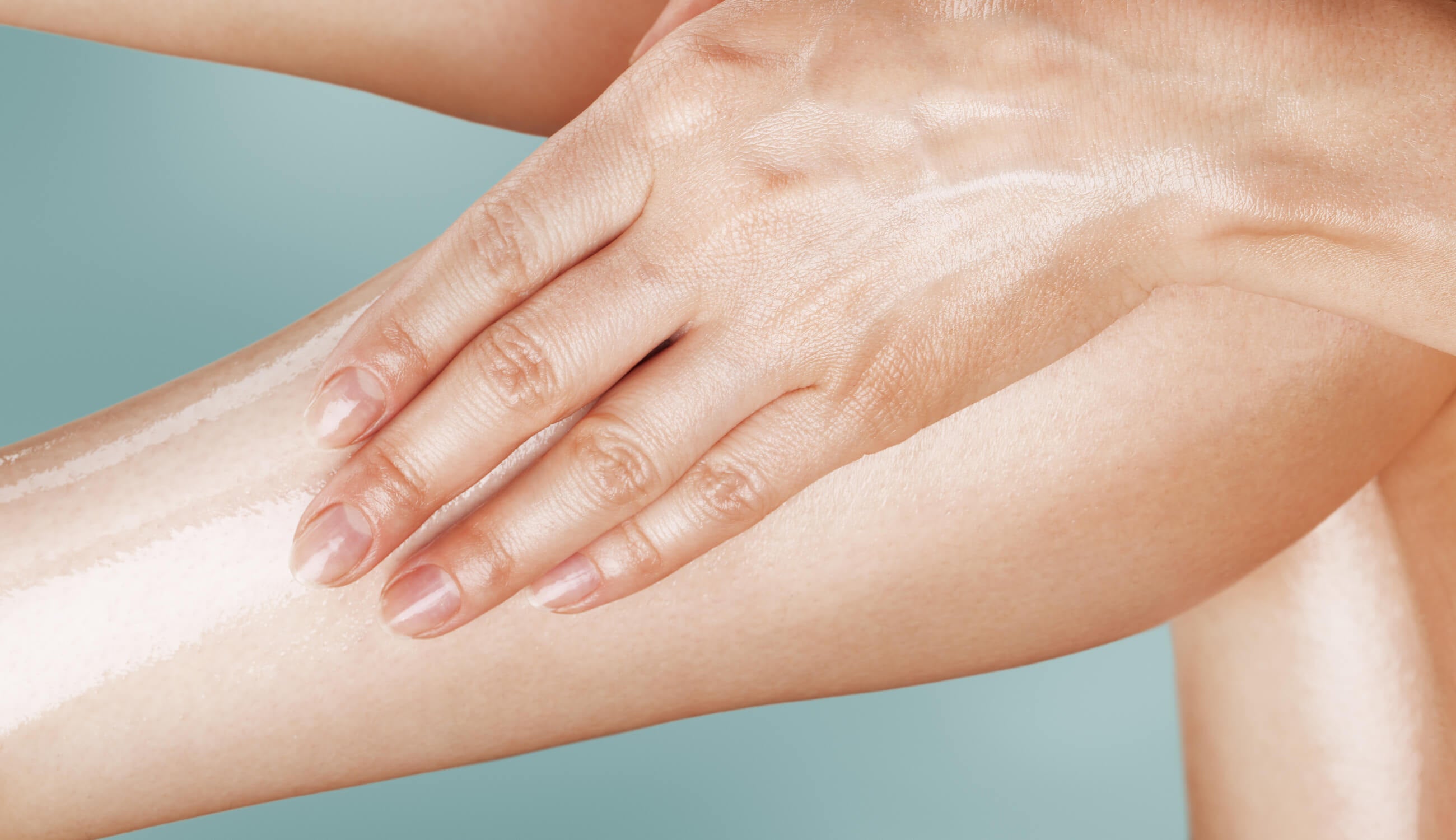
There’s technically no “wrong” way to use an oil for your body. However, there are certain ways to maximize the effects of your body oil! We’re listing the do’s and don’ts here to help you get the best results.
DO:
-
Apply your oil after a sudsy shower or therapeutic bath soak. Pat your skin down, but keep it a bit damp to maximize the moisture gained from your bath. Another option is to apply your oil in-shower after using body wash and before drying down. This saves you the extra time of applying lotion after a bath. Be careful not to slip!
-
Apply a bit of body oil before a shower – particularly if you suffer from compromised skin. Cleansing can strip much needed moisture from very dry and sensitive skin. Oil can create a barrier between your skin and the water, to mitigate some of that moisture loss.
-
Add a few drops of oil to your body cream. Not only does an oil provide a more luxurious feel, it provides more occlusive action for dry skin that needs it.
-
Use a few drops of oil in your bath. High-quality plant oils mixed with citrus or rose essential oils can make your bath water smell divine, while providing deep moisturization.
-
Massage your body. While facial massages are important, you should pamper and provide your body with relaxation, too. Focus on areas where you hold the most tension, like shoulders and calves.
DON’T:
-
Use heavier oils on humid summer nights – this can make your body sweat more throughout the evening. Stick to lightweight oils that absorb quickly, like argan or sea buckthorn oil.
-
Use heavier oils on your chest and back if you’re prone to acne. Again, stick to lightweight oils that won’t cause your acneic areas to break out.
-
Use oils before your creams. Since oils are heavier, your lotion or cream won’t be able to break through and provide hydration. Either skip the cream altogether, or use it before your body oil.
-
Use oils when sunbathing. Baby oil, for instance, can speed up the rate of sunburn, especially if you don’t use sunscreen. Ditch the oils on beach and pool days – stick to a moisturizing sunscreen!
The best body oil is one that’s lightweight, fast-absorbing, and full of vitamins. As mentioned before, you should choose oils high in vitamin A, vitamin C, and vitamin E for an extra anti-aging boost. A few great options include rosehip seed oil, sea buckthorn oil, and argan oil.
Rosehip seed oil is high in vitamin C and omega-6 fatty acids. Sea buckthorn oil boasts vitamin C and vitamin A, while touting omega-6 and omega-9 acids. Argan oil is a potent source of vitamin E and omega-6 fatty acids. Most oils can even be combined for a unique, truly-you blend that’s catered to your exact skin needs.
Interested in a DIY blend? We’ve got you covered!
You’ll need:
-
6 TBSP argan oil (or your preferred carrier oil)
-
4 TBSP rosehip seed oil
-
8 drops of your preferred essential oil (for scent)
Mix in a dark container and shake! Feel free to adjust these portions based on how big your container is and how much scent you enjoy.
Picking out an oil might just be the best choice you can make for your skin, especially in the drying winter months. An oil simultaneously seals in moisture, promotes supple skin, and provides anti-aging benefits. While oils might not replace your creams and lotions, they’re a worthwhile investment for your long-term skin health.
- Tags: Bath Body Hair, Body
We carefully hand-select products based on strict purity standards, and only recommend products we feel meet this criteria. 100% PURE™ may earn a small commission for products purchased through affiliate links.
The information in this article is for educational use, and not intended to substitute professional medical advice, diagnosis, or treatment and should not be used as such.












